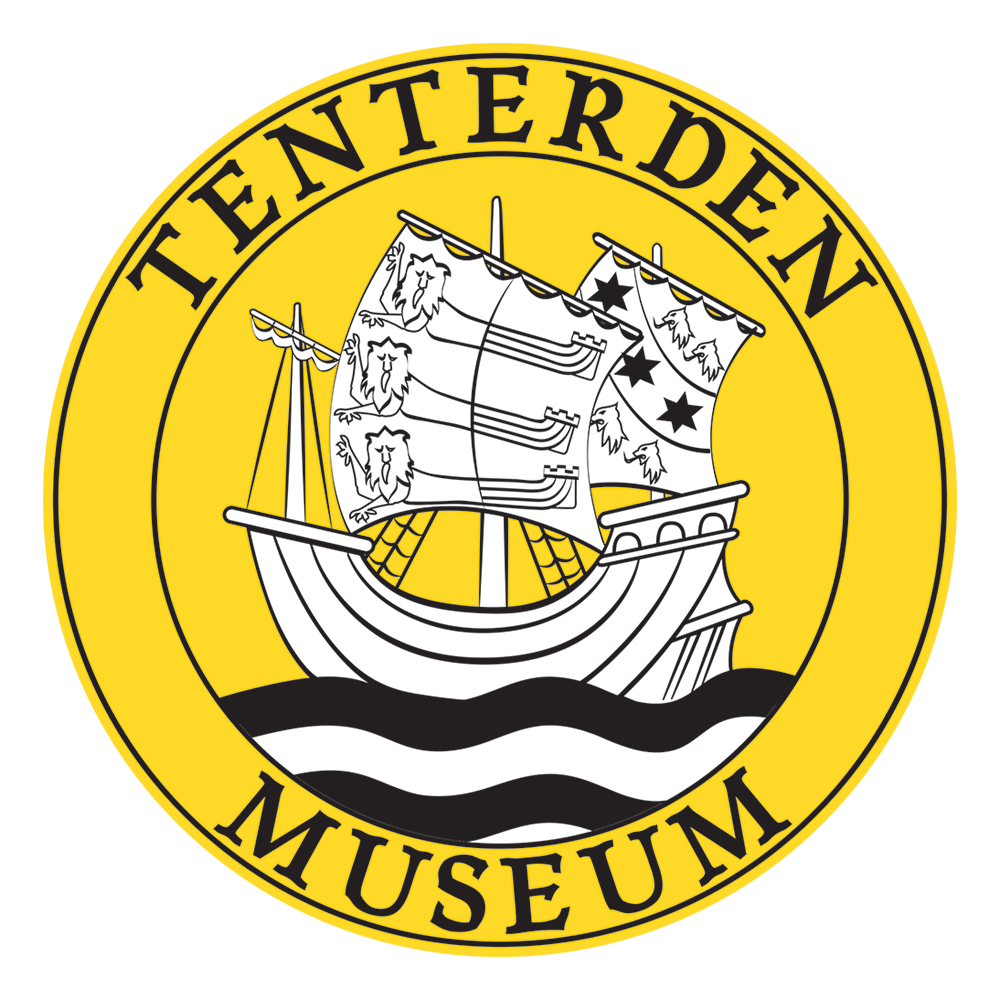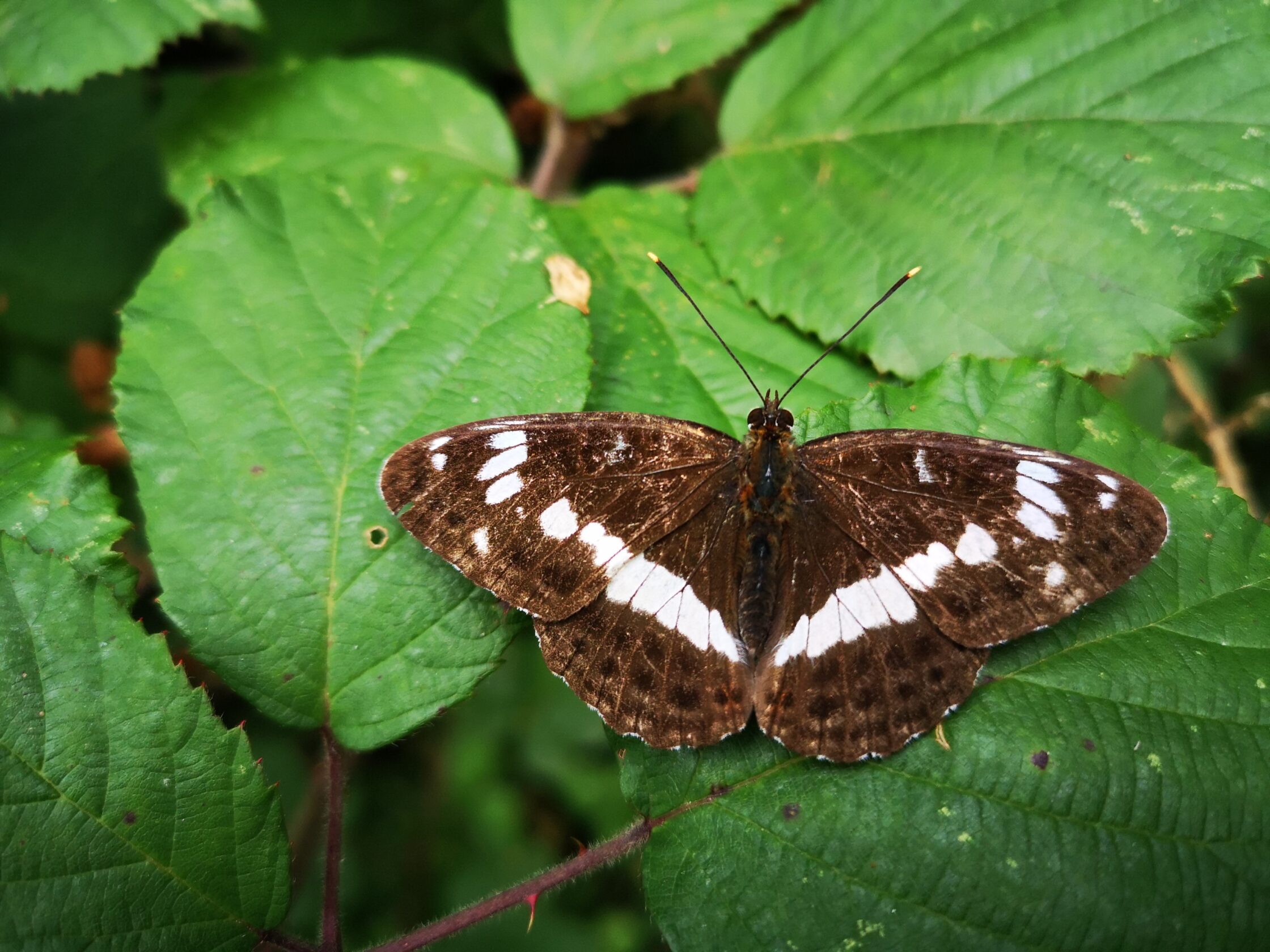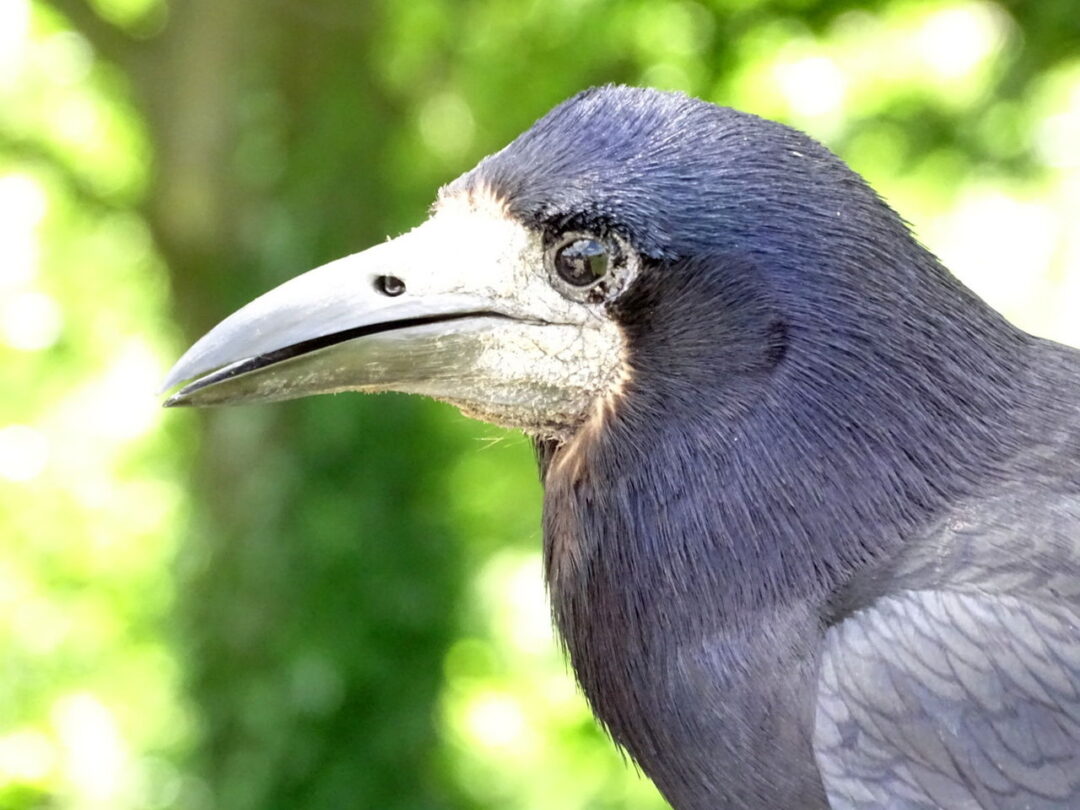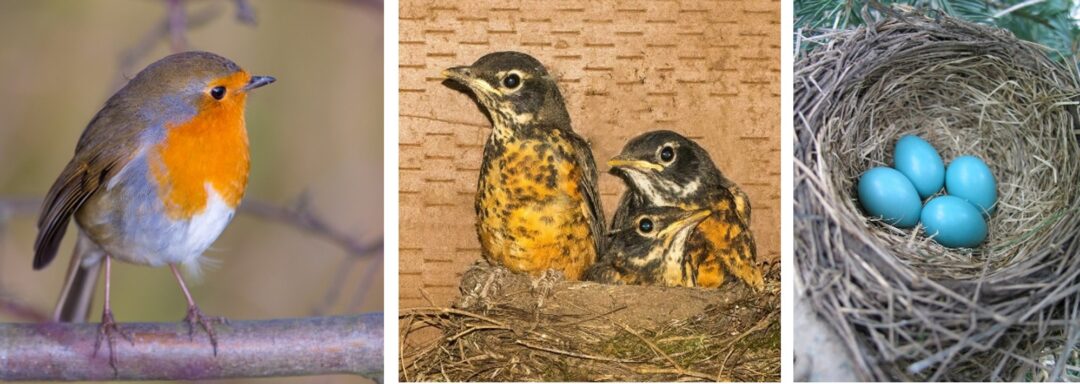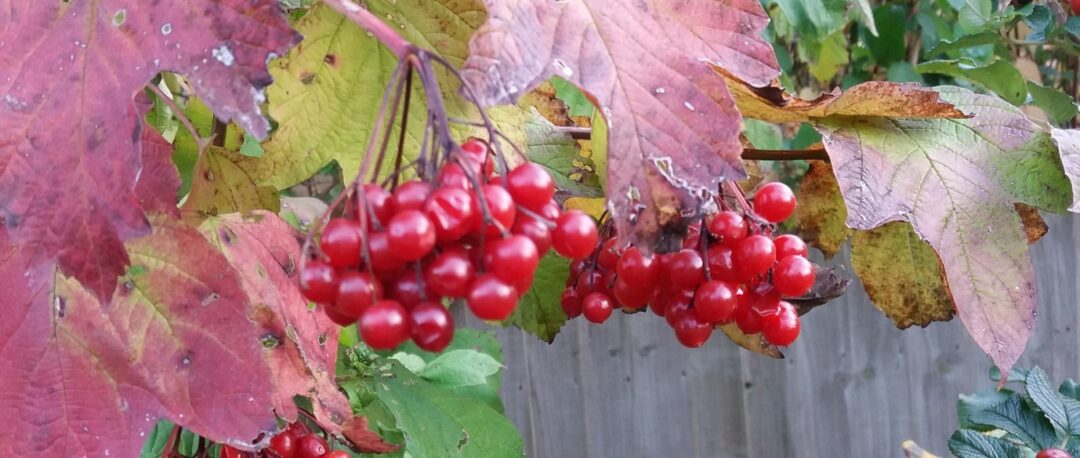It was a great privilege to join St Michael’s CEP on their visit to Sissinghurst Castle. The ranger team of Peter, Sam and Brook were superb; they were knowledgeable, communicated brilliantly and pitched the learning so that it was engaging and entertaining. Mrs Douglas, the class teacher, had worked with them to plan the event which was a great success. The children had a fun filled day and learnt much about the garden, and the animals and their habitats on the estate.
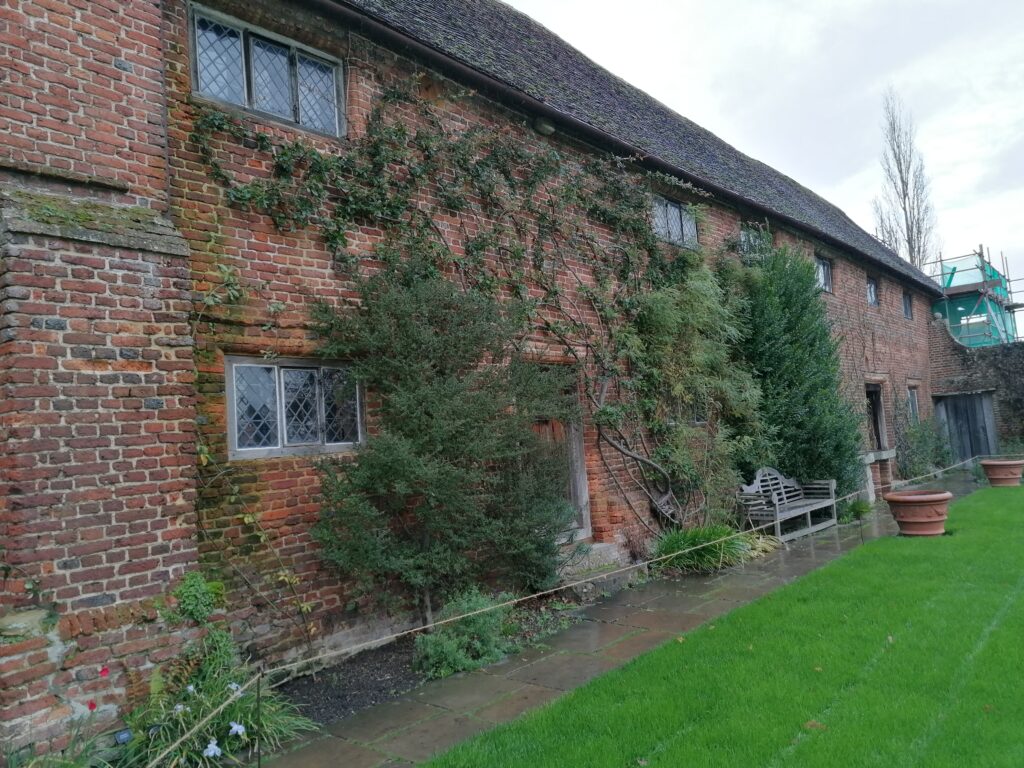
The first stop for the class was the library where the history of the Castle was discussed using the picture of when it was used to imprison French prisoners of war in the Napoleonic era as a visual aid.
In the gardens the children were shown where the centre of the garden was by using sight lines – it was a light bulb moment. Many questions were asked and answered during our tour of the Mediterranean Garden, the White Garden, the Fire Garden and the Lime Walk with its pleached branches.
Overhead a buzzard soared and kestrels hovered, a hedge of sparrows erupted into noisy conversations and the children excitedly pointed out birds that they recognised.
One of the many highlights of the tour was the visit to the magisterial oak tree which is about two hundred and fifty years old. We learnt about the structure of the oak, how it played host to over 2,300 different species and what a great variety there were, and how the roots only go down a maximum of two metres. The extent to which the roots spread is remarkable and we were told of the wine glass principle where the mass of weight above ground and the wide root base keep the tree stable.
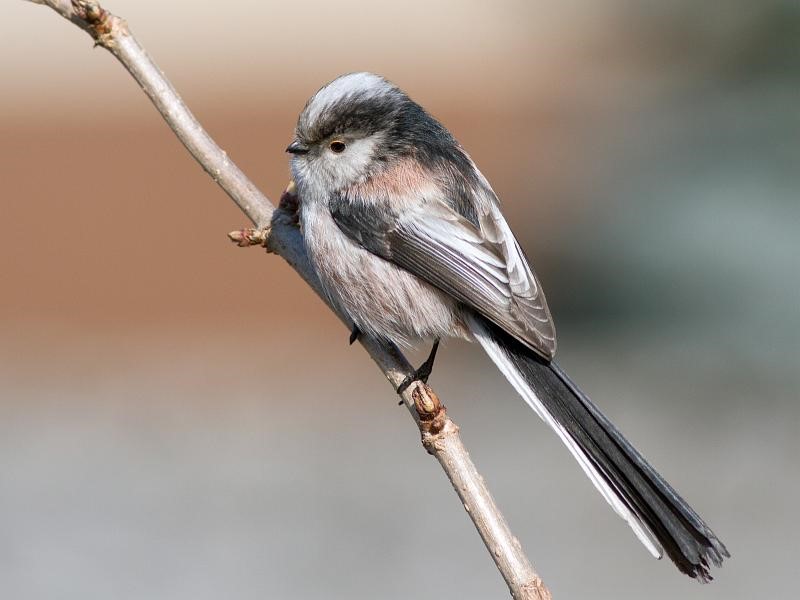
All of a sudden our attention was drawn to three small birds with very long tails, the lollipop bird or, more officially, the long-tailed tit. What a marvel of a bird. It is tiny. Its nest is a work of art and made of lichen, moss, spider egg cocoons and feathers, because of this the structure is flexible. We did not see a nest but did see three of these dainty birds engaged in foraging for food.
The children were fascinated by the ‘crusty lichen’, which is a very resilient species, and the Ramalina farinacea, the one name easier to remember than the other!
We learnt about coppicing, the formation of glades and how that helped establish wild flowers and provide ideal conditions for native butterflies.
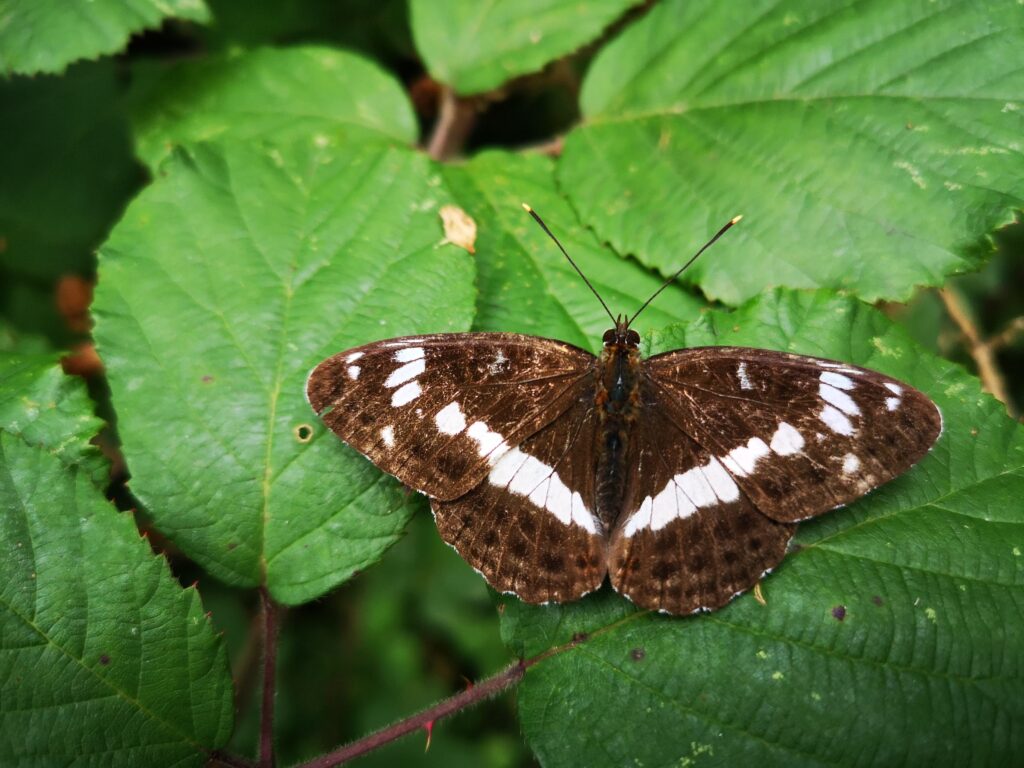
The white admiral is one of the butterfly species that glides through the glades at Sissinghurst.
Decaying logs hosting insects, camouflage examples followed by hide and seek – putting into practice what makes good camouflage, the importance of extending the edges of bodies of water through ‘wibbly wobbly edges’ so that more life can flourish at the margins – the richest habitat – were also featured in our tour.
After a lively and engaged scavenger hunt, the finale was the memorable moments of considering animal diets and their poo – with the team clay modelling.
The laughter and smiles were a measure of the enjoyment of the day that contained a great deal of information. Thanks are due to all involved in the planning and delivery of such an interesting and educational day.
